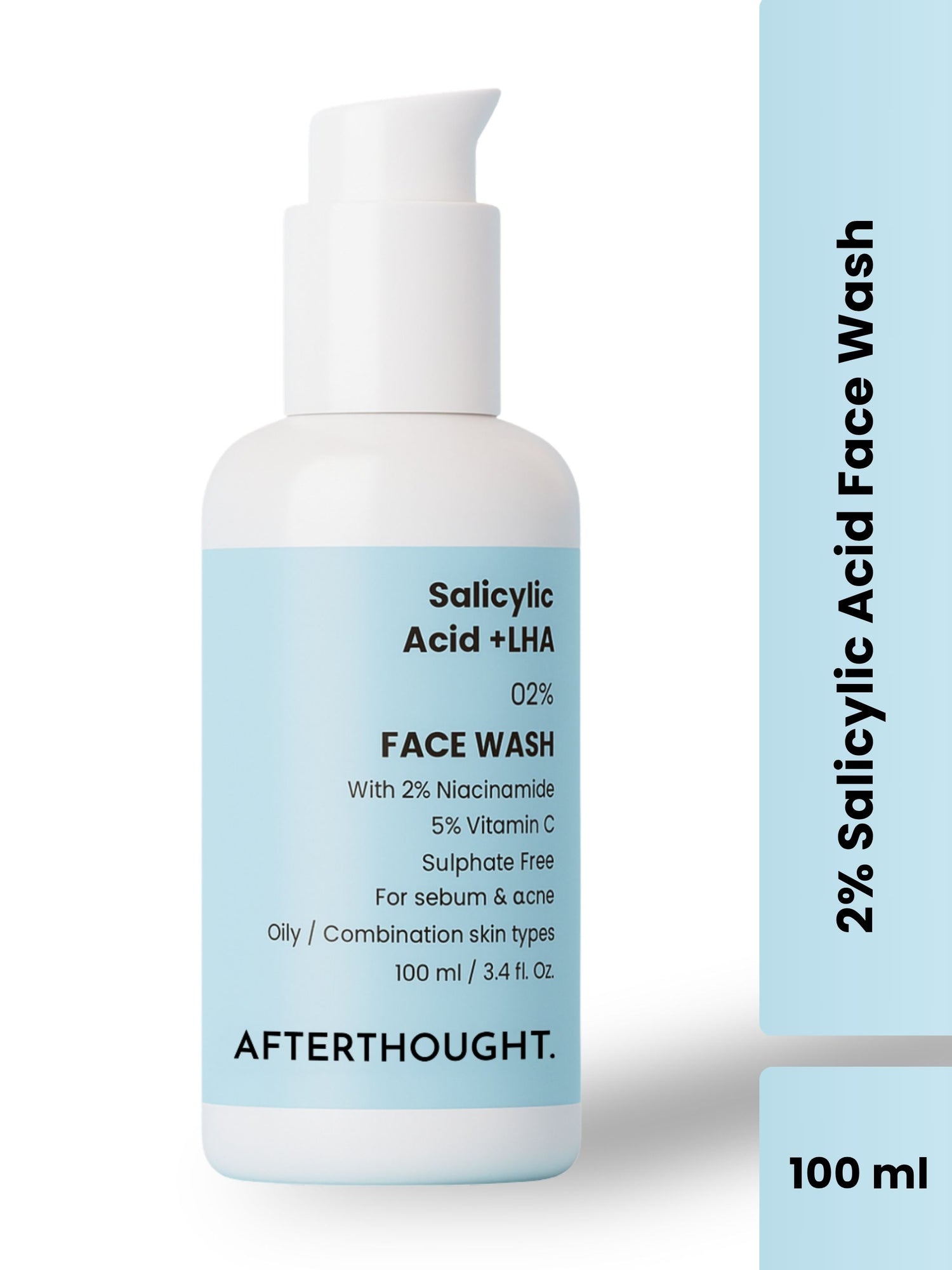What Causes Yellowing of The Skin Around The Eyes?
Yellowing of the skin around the eyes, medically known as periorbital xanthochromia, can be alarming. While it is often harmless, it can also indicate underlying health issues. Let's delve into the various causes, symptoms, and potential remedies for this condition.
Common Causes of Yellowing Skin Around the Eyes
Jaundice
Jaundice is a condition where the skin and whites of the eyes turn yellow due to high levels of bilirubin in the blood. It often indicates liver problems, such as hepatitis, cirrhosis, or bile duct obstruction.
Hyperbilirubinemia
This condition, marked by elevated bilirubin levels, can result from liver disease, hemolysis (breakdown of red blood cells), or genetic disorders.
Carotenemia
Overconsumption of carotene-rich foods like carrots, sweet potatoes, and pumpkins can lead to a yellowish tint in the skin. Unlike jaundice, carotenemia does not affect the whites of the eyes.
Hyperlipidemia
Elevated levels of lipids in the blood can lead to xanthelasma, yellowish deposits of cholesterol under the skin around the eyes. This is more common in individuals with high cholesterol.
Thyroid Disorders
Conditions like hypothyroidism can cause yellowing of the skin due to impaired metabolism of carotene.
Anemia
Severe anemia can lead to pale or yellowish skin, including around the eyes, due to reduced oxygenation of tissues.
Allergies
Allergic reactions can cause inflammation and discoloration of the skin around the eyes, sometimes leading to a yellowish hue.
Medications
Certain medications, especially those affecting liver function, can cause yellowing of the skin. These include some antibiotics, contraceptives, and anti-inflammatory drugs.
Symptoms Accompanying Yellowing of the Skin Around the Eyes
While yellowing of the skin itself is a noticeable symptom, it can be accompanied by other signs depending on the underlying cause:
Jaundice
Yellowing of the whites of the eyes, dark urine, light-colored stools, and itching.
Hyperbilirubinemia
Similar symptoms to jaundice, including fatigue and abdominal pain.
Carotenemia
Yellowing of the skin without affecting the whites of the eyes, often more pronounced on the palms, soles, and nasolabial folds.
Hyperlipidemia
Presence of xanthelasma (yellowish deposits) and other symptoms related to cardiovascular health.
Thyroid Disorders
Fatigue, weight changes, and changes in skin texture.
Anemia
Fatigue, dizziness, pale or yellowish skin, and shortness of breath.
Allergies
Itching, redness, and swelling around the eyes.
Medication Side Effects
Varied symptoms depending on the specific medication and its impact on the liver.
Diagnosing the Cause
To determine the cause of yellowing around the eyes, a comprehensive medical evaluation is essential. This may include:
- Blood Tests: To check liver function, bilirubin levels, lipid profile, thyroid function, and hemoglobin levels.
- Liver Function Tests: To assess the health of the liver and identify any underlying liver conditions.
- Imaging Studies: Ultrasound, CT scan, or MRI to visualize the liver and bile ducts.
- Biopsy: In some cases, a liver biopsy may be necessary to diagnose specific liver conditions.
- Allergy Testing: To identify any allergens causing the reaction.
Treatment Options
Treatment depends on the underlying cause:
- Jaundice and Hyperbilirubinemia: Treating the liver condition, such as hepatitis or bile duct obstruction, is crucial. This may involve medications, lifestyle changes, or surgery.
- Carotenemia: Reducing the intake of carotene-rich foods usually resolves the condition without any further treatment.
- Hyperlipidemia: Managing cholesterol levels through diet, exercise, and medications can help reduce xanthelasma.
- Thyroid Disorders: Medications to regulate thyroid function can alleviate symptoms.
- Anemia: Addressing the underlying cause of anemia through dietary changes, supplements, or medications.
- Allergies: Avoiding allergens and using antihistamines or corticosteroids can reduce inflammation and discoloration.
- Medication Side Effects: Adjusting or changing the medication under the guidance of a healthcare professional.
Preventive Measures
Maintaining overall health and wellness can prevent yellowing of the skin around the eyes:
- Healthy Diet: A balanced diet rich in fruits, vegetables, lean proteins, and whole grains supports liver and overall health.
- Hydration: Drinking plenty of water helps flush out toxins and supports skin health.
- Regular Exercise: Physical activity promotes circulation and overall well-being.
- Avoid Excessive Carotene Intake: While carotene-rich foods are healthy, moderation is key to preventing carotenemia.
- Monitor Cholesterol Levels: Regular check-ups and a heart-healthy diet can help manage cholesterol levels.
- Manage Allergies: Identifying and avoiding allergens can prevent allergic reactions.
Conclusion
Yellowing of the skin around the eyes can result from various factors, ranging from dietary habits to serious health conditions. Understanding the potential causes and seeking appropriate medical evaluation is essential for effective treatment and prevention. By maintaining a healthy lifestyle and being vigilant about changes in your skin, you can support your overall health and well-being.

